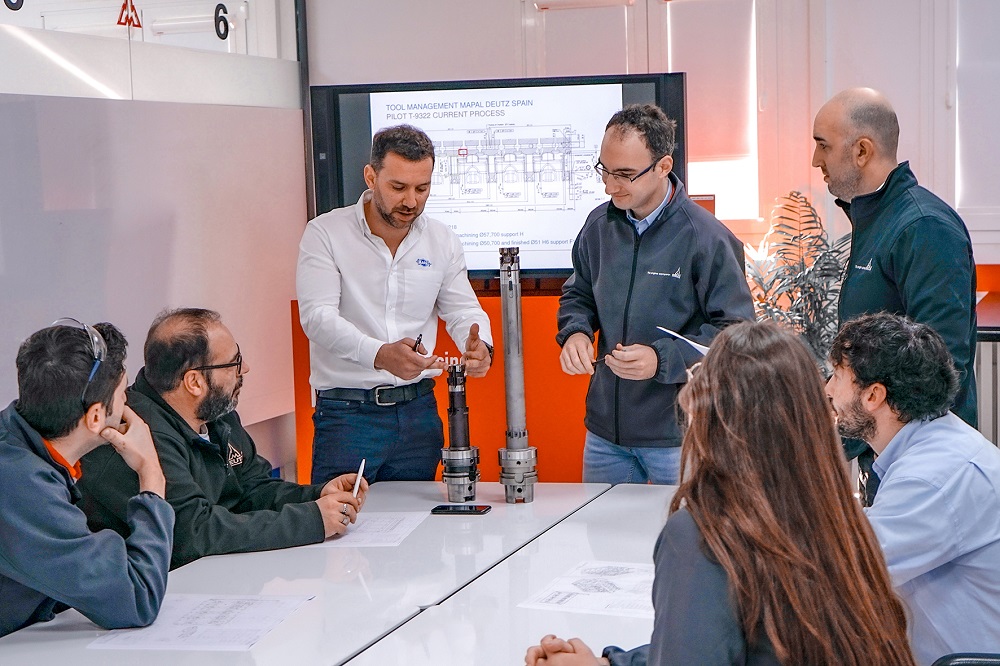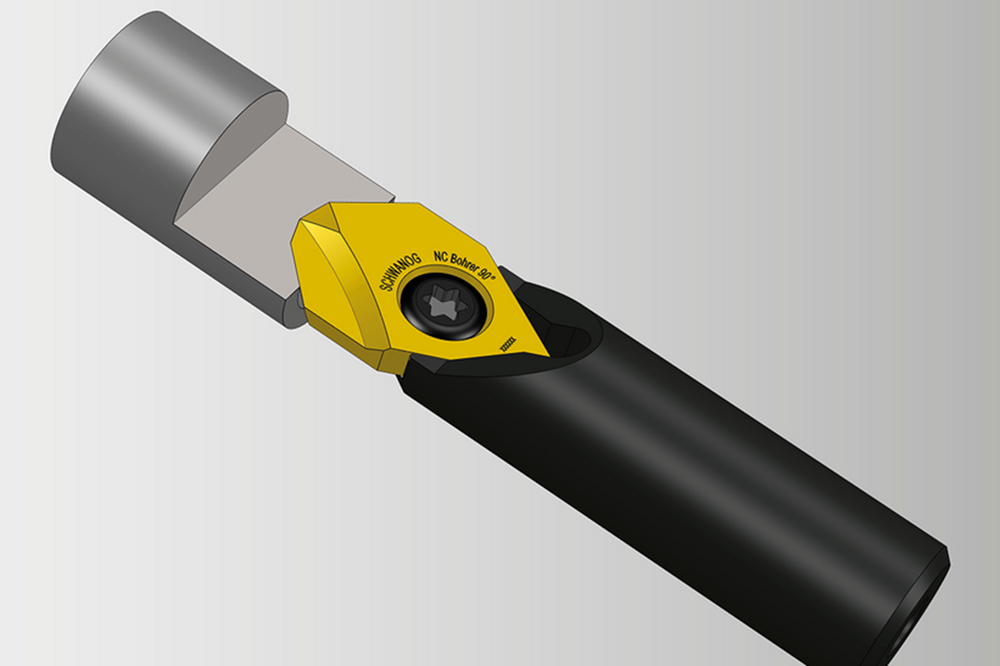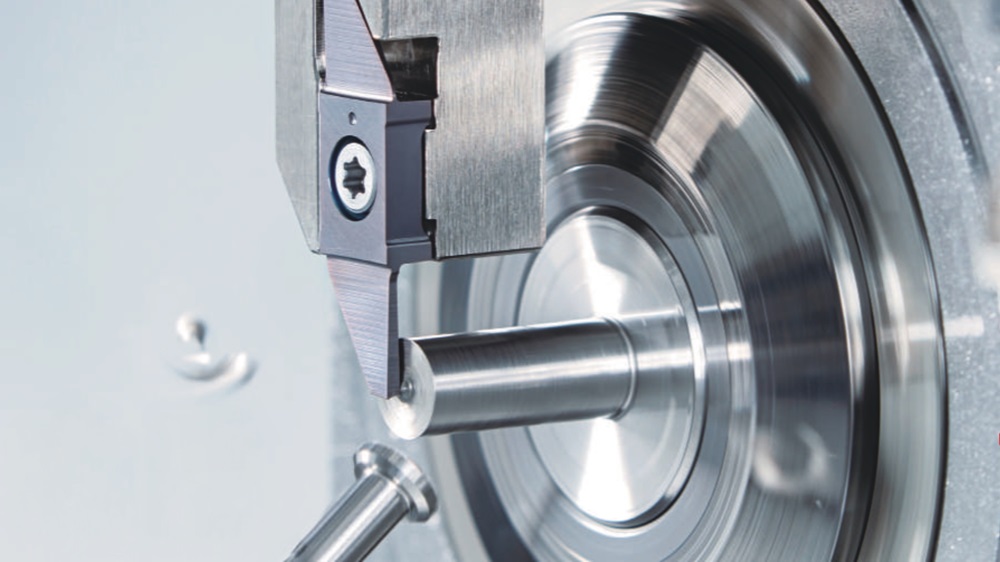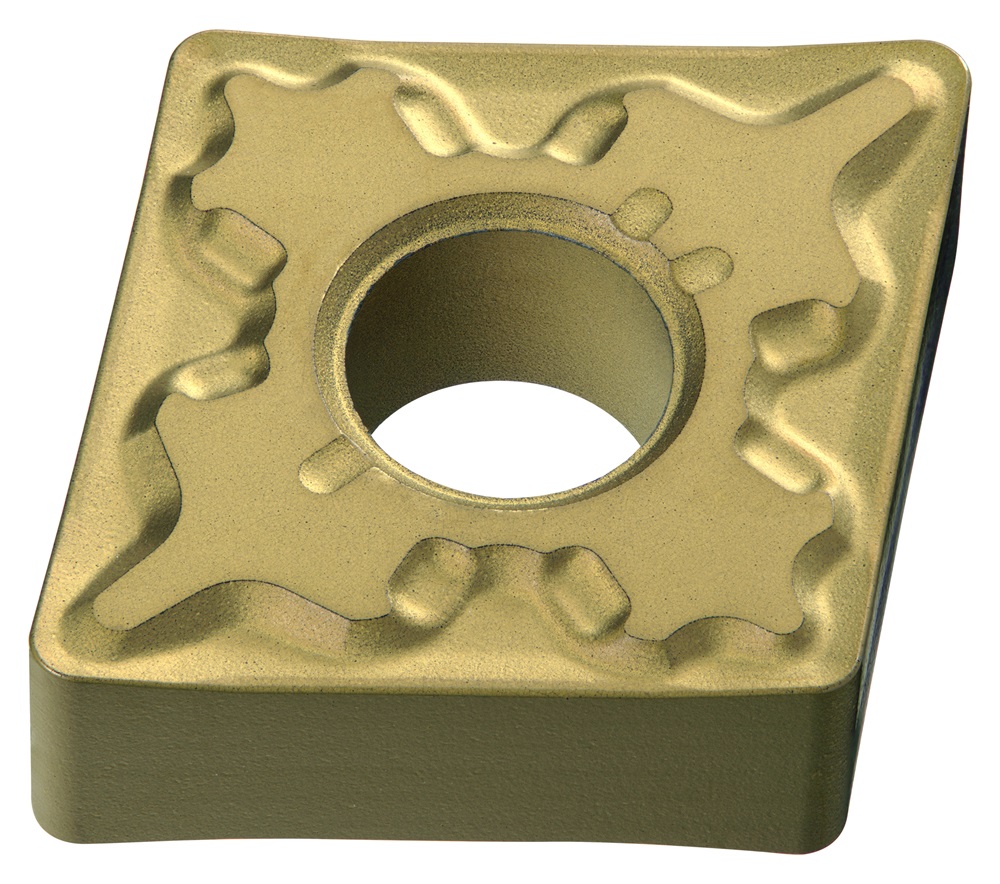Exactaform Cutting Tools has acquired the trade and assets of PJ Tooling, an established
name in the precision tooling industry. The move not only strengthens Exactaform’s
commitment to growth and expansion but also carries a sentimental value that dates back
to the company’s roots.
Exactaform founder John Inglis started his career at PJ Tooling. This experience laid the
foundation for his future in the tooling industry and was instrumental in the formation of
Exactaform. With this acquisition, his journey has come full circle, bringing PJ Tooling under
the Exactaform umbrella and creating new opportunities.
“PJ Tooling gave me my start in the industry, so it’s a great privilege to be able to bring the
business back into the fold and ensure its legacy continues,” says Inglis. “We’re excited to
bring our expertise and resources to PJ’s operations and support its customers with the
same high standards of service that we provide at Exactaform.”
PJ Tooling’s location in Warwick is just a short drive from Exactaform’s headquarters in
Coventry, making the transition smooth with operations now united under one roof at the
latter facility. By centralising operations, Exactaform can leverage its state-of-the-art
facilities and expert team to enhance further the company’s ability to deliver on complex
projects.
The acquisition of PJ Tooling presents exciting opportunities for Exactaform to strengthen its
position in the hydraulic component industry, among others. While the company already
has some experience in this sector, there is a considerable amount of crossover between
existing capabilities and the specific requirements of manufacturing bespoke cutting tools
for machining hydraulic components.
With PJ Tooling’s established reputation and Exactaform’s manufacturing processes, the
company is excited to expand its reach and deliver even greater value to customers who
require high-precision tools for hydraulic applications.
More information www.exactaform.com



















